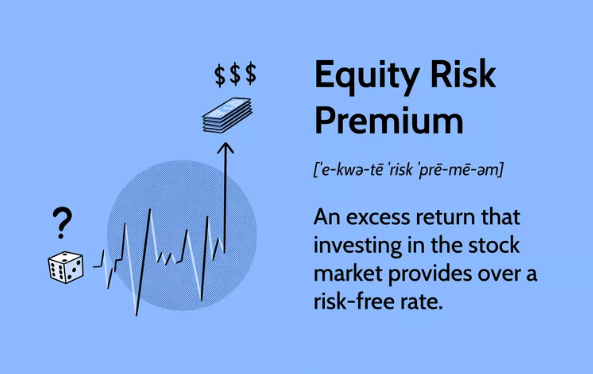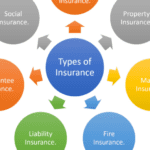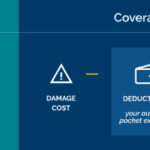How Companies Assess Risk and Set Premiums
Risk assessment and premium setting are critical processes for insurance companies and financial institutions. These practices help ensure that businesses remain profitable while offering fair pricing to their customers. In this blog post, we’ll explore how companies evaluate risk and determine premiums across various industries.
Understanding Risk Assessment
Risk assessment is the process of identifying and analyzing potential risks that could lead to financial loss. Companies use risk assessment to predict the likelihood and severity of an event occurring. This process typically involves:
- Data Collection – Companies gather historical data, industry trends, and customer-specific information to assess potential risks.
- Statistical Modeling – Using predictive analytics and actuarial science, businesses analyze past incidents and trends to forecast future risks.
- Risk Scoring – Organizations assign risk scores based on factors such as age, location, credit history, health status, or industry classification.
- Regulatory Compliance – Companies must adhere to government regulations and industry standards when assessing risk to maintain fairness and transparency.
Factors That Influence Risk Assessment
Different industries consider various factors when evaluating risk. For example:
- Health Insurance: Medical history, lifestyle choices, and pre-existing conditions influence risk.
- Auto Insurance: Driving history, vehicle type, location, and demographics play a role.
- Home Insurance: Property location, security measures, and natural disaster risks are assessed.
- Business Insurance: Industry type, operational risks, financial health, and compliance history are key considerations.
How Companies Set Premiums
After going through the risk, companies determine the premium— the amount a customer pays for coverage. Several key factors influence this decision:
- Risk Level – Higher-risk individuals or businesses typically pay higher premiums to offset potential losses.
- Claims History – A history of frequent claims can lead to increased premiums, as it suggests a greater likelihood of future claims.
- Market Competition – Competitive forces influence pricing, with companies adjusting premiums to attract customers while remaining profitable.
- Economic Conditions – Inflation, interest rates, and market conditions impact premium pricing.
- Reinsurance Costs – Companies often purchase reinsurance to protect against large claims, which can affect premium rates.
The Role of Technology in Risk Assessment
Advancements in technology have improved risk assessment and premium setting. Insurers now use:
- AI and Machine Learning – These tools help analyze large datasets, identify patterns, and improve underwriting decisions.
- Telematics – Used in auto insurance, telematics devices track driving behavior to offer personalized pricing.
- IoT Devices – Smart home devices can monitor security risks, reducing premiums for proactive homeowners.
- Big Data Analytics – Companies leverage big data to refine risk models and create more accurate pricing structures.
Balancing Fair Pricing and Profitability
Setting premiums is a delicate balance. Companies must offer affordable coverage to customers while ensuring they collect enough in premiums to cover claims and operating costs. By continuously refining risk models and leveraging new technology, insurers and financial institutions strive to achieve a fair and sustainable pricing structure.




